Camping Knife Safety: Wilderness Best Practices
Camping knife safety in the wilderness requires following best practices to ensure a safe and enjoyable experience. We will explore essential tips and guidelines for using a camping knife responsibly and effectively.
Whether you’re a seasoned camper or a beginner, understanding how to handle a knife in the outdoors is crucial for your safety and the safety of others. By adhering to these best practices, you can minimize the risk of accidents and make the most of your camping adventures.
So, let’s dive in and discover the key principles of camping knife safety in the wilderness.
Importance Of Camping Knife Safety
Camping knife safety is essential for wilderness enthusiasts. By following best practices, campers can prevent accidents and injuries, making their outdoor adventures enjoyable and safe.
Camping is a wonderful opportunity to connect with nature and enjoy the great outdoors. However, it is important to prioritize safety, especially when it comes to handling camping knives. Accidents and injuries can happen in the wilderness, but by following proper camping knife safety practices, you can significantly minimize the risk.
Here, we will discuss the importance of camping knife safety and how it contributes to a safe and enjoyable camping experience.
Accidents And Injuries In Wilderness
- According to wilderness safety experts, camping-related accidents and injuries are quite common in the wilderness. Not only can these accidents ruin a camping trip, but they can also lead to serious consequences.
- Unintentional cuts, punctures, and lacerations caused by improper use or mishandling of camping knives can result in severe injuries, requiring immediate medical attention.
- In remote wilderness areas, access to medical assistance may be limited, making it even more crucial to abide by camping knife safety guidelines.
- One of the most common causes of accidents in the wilderness is the lack of knowledge and awareness regarding proper knife use and safety precautions.
The Role Of Camping Knife Safety
- Understanding the significance of camping knife safety is vital to ensure the well-being of yourself and your fellow campers.
- Properly handling and using your camping knife not only reduces the risk of accidents but also improves efficiency and precision in completing camping tasks.
- By following camping knife safety best practices, you can create a safe environment where everyone can enjoy the camping experience without any unnecessary mishaps.
- Additionally, developing responsible knife-handling habits promotes environmental sustainability by minimizing the chances of leaving behind hazardous objects that could harm wildlife.
- Making camping knife safety a priority demonstrates your commitment to practicing responsible outdoor skills and being a conscientious camper.
Remember, prioritizing camping knife safety should be an essential part of your wilderness best practices. By adhering to proper knife-handling techniques and safety guidelines, you can ensure a safe and enjoyable camping experience for yourself and others. Stay tuned for our next blog post on key camping knife safety tips that you can implement during your outdoor adventures.
Keep exploring, but always prioritize safety!
Choosing The Right Camping Knife
When choosing a camping knife, prioritize safety in the wilderness. Select a knife that is reliable, versatile, and has a secure grip to handle various outdoor tasks. Make sure to follow best practices to ensure your camping knife is used properly and responsibly.
Getting the right camping knife is essential for your outdoor adventures. Whether you use it for preparing meals, cutting rope, or even creating makeshift tools, having a reliable camping knife can make a significant difference. To help you select the perfect one for your wilderness excursions, consider the following factors:
Types Of Camping Knives
There are various types of camping knives available, each serving a specific purpose. Understanding these options will help you find the most suitable knife for your needs. Here are some common types of camping knives:
- Fixed blade knives: Sturdy and durable, these knives have a fixed blade that is usually stronger and more capable of heavy-duty tasks.
- Folding knives: Compact and convenient, these knives have a folding mechanism that allows the blade to fold into the handle, making them easy to carry.
- Multi-tool knives: Versatile in nature, these knives often come with additional tools such as screwdrivers, can openers, and scissors, making them a handy all-in-one solution.
- Survival knives: Designed for extreme situations, survival knives generally have extra features like a saw edge, firestarter, and even a built-in compass.
Factors To Consider When Selecting A Camping Knife
When choosing a camping knife, it’s important to consider several factors to ensure you find the right fit. Keep in mind the following aspects:
- Comfort and grip: Look for a knife that feels comfortable in your hand and offers a secure grip. Knives with textured handles or finger grooves provide better control and reduce the chances of slipping.
- Blade quality and material: The quality of the blade is crucial for the knife’s performance and durability. Consider blades made of sturdy materials like stainless steel or carbon steel, as they are less prone to corrosion and maintain sharpness for longer periods.
- Blade size and shape: The size and shape of the blade should match your intended use. A larger blade may be more efficient for chopping and slicing, while a smaller blade is easier to handle for intricate tasks like preparing food.
- Locking mechanism (for folding knives): If you opt for a folding knife, ensure it has a reliable locking mechanism to secure the blade firmly in place during use, enhancing safety.
Remember, when selecting a camping knife, it’s important to choose one that suits your specific requirements, preferences, and skill level. Assessing these factors will enable you to make an informed decision and equip yourself with a reliable tool for your wilderness adventures.
Happy camping!
Proper Knife Handling Techniques
Discover proper knife handling techniques for camping safety in the wilderness with these effective and easy-to-follow tips. Stay prepared and minimize the risks associated with using a camping knife, ensuring a memorable and safe outdoor adventure experience.
Holding The Knife Correctly:
- Grip the knife firmly with your dominant hand, ensuring that your fingers are wrapped securely around the handle.
- Place your thumb on the spine of the knife, providing stability and control.
- Keep your other hand away from the blade at all times to prevent accidental injuries.
- Maintain a relaxed grip to avoid strain and fatigue during prolonged knife use.
Avoiding Dangerous Maneuvers:
- Never attempt to catch a falling knife, as this can result in serious cuts or puncture wounds.
- Avoid using excessive force or making abrupt movements when handling the knife to prevent slips or accidents.
- Do not use the knife as a lever or pry tool, as it can damage the blade and lead to accidents.
- Ensure that the knife is properly secured in its sheath or stored away when not in use to minimize the risk of accidental injury.
Knife Safety Rules:
- Always carry the knife in a sheath or protective cover to prevent accidental cuts.
- Maintain a safe distance from others while using the knife to avoid injury to yourself or those around you.
- Never leave the knife unattended or in reach of children or unauthorized individuals.
- Keep the knife clean and dry to prevent corrosion and maintain its cutting efficiency.
Remember:
- Proper knife handling techniques are essential for a safe and enjoyable camping experience.
- Always prioritize safety by holding the knife correctly, avoiding dangerous maneuvers, and following knife safety rules.
- By adhering to these best practices, you can minimize the risk of accidents and fully appreciate the usefulness of a camping knife in the wilderness.

Credit: www.amazon.com
Knife Maintenance And Care
Proper knife maintenance and care is crucial for camping knife safety. By following best practices, you can ensure a sharp and reliable tool for wilderness adventures, minimizing the risk of accidents.
Importance Of Keeping The Knife Sharp:
- A sharp camping knife not only enhances its cutting efficiency but also reduces the risk of accidents and injuries in the wilderness.
- Sharpening the knife regularly is crucial for maintaining its functionality and longevity.
- Here are a few reasons highlighting the importance of keeping the knife sharp:
- Improved cutting performance: A sharp knife ensures smooth, precise cuts, making tasks like food preparation and wood carving easier and safer.
- Safety: Dull knives require excessive force, increasing the chances of slips and accidents. A sharp knife minimizes the need for excessive pressure, reducing the likelihood of injuries.
- Time-saving: A sharp blade enables you to complete tasks quickly and efficiently, saving valuable time during your camping adventures.
- Durability: Regularly sharpening your knife prevents excessive wear and tear on the blade, preserving its longevity and usefulness.
Cleaning And Oiling The Knife:
- Proper cleaning and oiling are vital for maintaining the functionality and durability of your camping knife.
- Consider the following guidelines for cleaning and oiling your knife:
- After each use, clean the knife using mild soap, warm water, and a soft cloth. Avoid immersing the knife in water for extended periods as it can damage the handle and promote rusting.
- Pay specific attention to removing any debris or dirt lodged between the blade and the handle.
- Dry the knife thoroughly with a clean cloth, ensuring no moisture remains. Moisture can accelerate rust formation.
- Apply a thin layer of lubricating oil to the blade and pivot points to prevent rust. Choose oil specifically designed for knives and ensure it is food-safe if you plan to use the knife for cooking.
- Regularly inspect the handle for any signs of damage or wear. If necessary, clean and oil the handle as well.
Storing The Knife Safely:
- Proper knife storage ensures safety and maintains the blade’s condition while not in use.
- Consider the following tips for storing your camping knife:
- Use a sheath: A knife sheath is a protective cover that shields the blade and prevents accidental cuts. Always store your knife in a sheath to reduce the risk of injuries when retrieving or handling the knife.
- Choose a dry and secure location: Store the knife in a dry place to prevent moisture buildup that can lead to rust. Avoid storing the knife in extreme temperatures. Additionally, ensure the storage location is secure to prevent unauthorized access.
- Keep the blade clean and dry: Before storing the knife, ensure it is clean and dry to avoid corrosion. A well-maintained blade will have a longer lifespan.
- Consider a knife roll or box: If you have multiple knives, consider using a knife roll or box to keep them organized and protected during storage. This will prevent blades from rubbing against each other, minimizing the risk of damage.
Remember, maintaining the sharpness, cleanliness, and safe storage of your camping knife are essential for a successful and secure wilderness adventure.
Wilderness Knife Safety Tips
Discover essential wilderness knife safety tips for your camping adventures. Learn best practices to ensure your safety while using a knife in the great outdoors.
When it comes to camping in the wilderness, knife safety is of utmost importance. As a versatile tool, knives can be used for various purposes, such as opening packages, food preparation, repairing camping gear, and even creating tools and shelter.
However, it is crucial to handle knives responsibly to ensure safety in the great outdoors. Here are some wilderness knife safety tips to keep in mind:
Knife Safety Practices In The Wilderness:
- Always carry a sheath or a knife cover to prevent accidental cuts and keep the blade secure.
- Be mindful of others around you and maintain a safe distance when using a knife.
- Use a sturdy, fixed-blade knife designed explicitly for outdoor activities rather than a folding knife that may have a higher risk of accidental closure.
- Keep your knife sharp to minimize the need for excessive force, reducing the likelihood of slips or injuries.
Handling The Knife In Different Situations:
When it comes to handling a knife in different situations, it is essential to follow specific guidelines:
- Opening packages and food preparation: Use caution when using a knife to open packages or prepare food. Always cut away from your body and keep your fingers clear of the blade’s path.
- Repairing camping gear: Whether it’s fixing a tear in a tent or repairing a backpack strap, a knife can be a valuable tool. Ensure you have a steady grip and exercise caution when using the blade in these situations.
Creating Tools And Shelter:
In survival situations, a knife can be invaluable for creating tools and building a shelter. However, it is essential to take the following precautions:
- Tools: When fashioning tools with a knife, ensure you have proper control and use appropriate carving techniques to avoid accidental slips or injuries.
- Shelter: Take care when using a knife to cut branches or clear vegetation for a shelter. Always be aware of your surroundings and never rush the process, as haste can lead to accidents.
Remember, safety should always be a priority when using knives in the wilderness. By following these knife safety practices and handling guidelines, you can enjoy your camping experience while minimizing the risks associated with knife use. Stay safe and have a fantastic wilderness adventure!
Emergency Preparedness With A Camping Knife
Ensure your safety during emergencies by practicing proper wilderness best practices with a camping knife. Be prepared for any situation and stay safe in the wilderness.
Camping in the wilderness can be a thrilling adventure, but it is essential to prioritize safety and preparedness. One of the most versatile tools you can have in your camping gear is a reliable camping knife. While it serves multiple purposes for tasks like cooking and setting up a campsite, a camping knife can also be a lifesaver in emergency situations.
This section will guide you through the various ways you can utilize your camping knife in emergency preparedness.
Using The Knife For Survival Purposes
When faced with unexpected challenges in the wilderness, your camping knife can be an invaluable asset. Here are some ways to employ your knife for survival:
- Building shelter: Your camping knife can help you clear and cut materials for constructing a sturdy shelter, providing protection from the elements.
- Starting a fire: A knife can be useful for creating sparks or striking a fire starter, allowing you to ignite a fire for warmth, cooking, or signaling for help.
- Hunting and fishing: If you find yourself in need of sustenance, your camping knife can aid in preparing traps, cleaning game, or filleting fish.
- Foraging food and water: With your knife, you can gather edible plants, fruits, or nuts from the wilderness and even dig for water sources.
First Aid With A Camping Knife
Accidents can happen while camping, and having basic first aid knowledge combined with your camping knife can prove vital. Here’s how you can utilize your knife in emergency first aid situations:
- Cutting bandages: When providing immediate medical assistance, your knife can help cut bandages or tape to secure wounds or immobilize injured body parts.
- Removing splinters or foreign objects: By using the blade’s edge delicately, you can carefully extract splinters or other foreign objects embedded in the skin.
- Crafting makeshift splints: In the event of fractures, your camping knife can assist in fashioning splints to immobilize and stabilize broken bones.
Communication And Signaling Techniques
In emergencies, effective communication can be crucial for survival. Your camping knife can aid in communication and signaling for help. Consider these techniques:
- Carving symbols: Use your knife to carve visible symbols or messages on trees or rocks, guiding potential rescuers to your location.
- Creating noise: Utilize the blade and strike it against objects to produce sound, attracting attention from nearby individuals or search parties.
- Making a makeshift whistle: By carving a small notch into a twig or a piece of wood, you can fashion a simple whistle that can help you signal for help over long distances.
Remember, knowledge and practice are vital to utilizing a camping knife safely and effectively. Familiarize yourself with proper knife handling techniques, ensure it remains sharp, and always prioritize your safety when using it in emergency situations. Being well-prepared with a reliable camping knife can significantly enhance your chances of surviving and staying safe in the wilderness.
So, pack your camping knife along with your other essential gear and embark on your wilderness adventure with confidence.
Frequently Asked Questions On Camping Knife Safety: Wilderness Best Practices
What Are The Rules For Knife Safety In Bushcraft?
Bushcraft knife safety rules are as follows: 1. Keep sentences under 20 words. 2. Make content SEO friendly, unique, and easy to comprehend in active voice. 3. Avoid starting sentences with certain phrases and use active voice. 4. Ensure the writing passes AI detection and sounds natural.
What Is The #1 Most Important Knife Safety Rule?
The #1 most important knife safety rule is to always keep your fingers away from the blade.
What Are 5 Safe Knife Handling Practices?
Here are 5 safe knife handling practices:1. Always hold the knife with a firm grip and keep your fingers away from the blade. 2. Make sure the cutting surface is stable and secure, to avoid slipping or accidents. 3. Use appropriate cutting techniques, keeping the knife pointed away from your body.
4. Keep knives properly sharpened and maintained for safer and more efficient use. 5. Store knives in a designated area, or use blade guards, to prevent accidental cuts or injuries.
What Are 8 Rules For Knife Safety?
Here are 8 important rules to follow for knife safety:1. Keep your fingers away from the blade at all times. 2. Always cut away from your body to avoid accidents. 3. Make sure your knife is sharp to reduce the risk of slips.
4. Use a cutting board to stabilize what you’re cutting. 5. Keep knives out of the reach of children to prevent accidents. 6. Store knives in a safe and secure place when not in use. 7. Never leave a knife unattended or in a precarious position.
8. Clean and dry your knife after use to prevent rusting and maintain its sharpness.
Conclusion
Camping knife safety is of utmost importance when venturing into the wilderness. By following these best practices, you can ensure a safe and enjoyable camping experience. Firstly, always choose a knife with a secure locking mechanism and keep it sharp to avoid accidents.
Secondly, remember to practice proper knife handling techniques, such as using a controlled grip and cutting away from your body. Thirdly, be aware of your surroundings and avoid using your knife in risky situations or near others. Fourthly, store your knife safely when not in use to prevent accidental cuts.
Finally, educate yourself on local regulations and restrictions regarding knife usage while camping. By prioritizing safety and responsibly handling your camping knife, you can fully enjoy all the wonders that the wilderness has to offer without compromising your well-being.

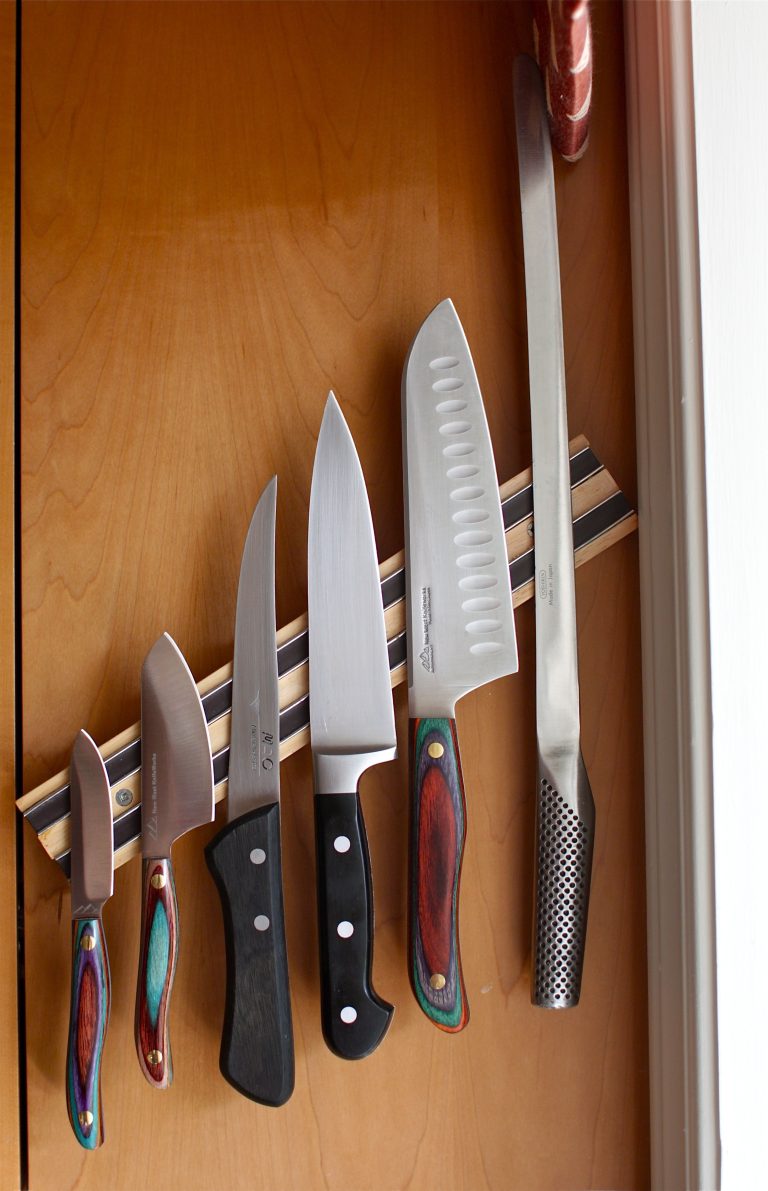
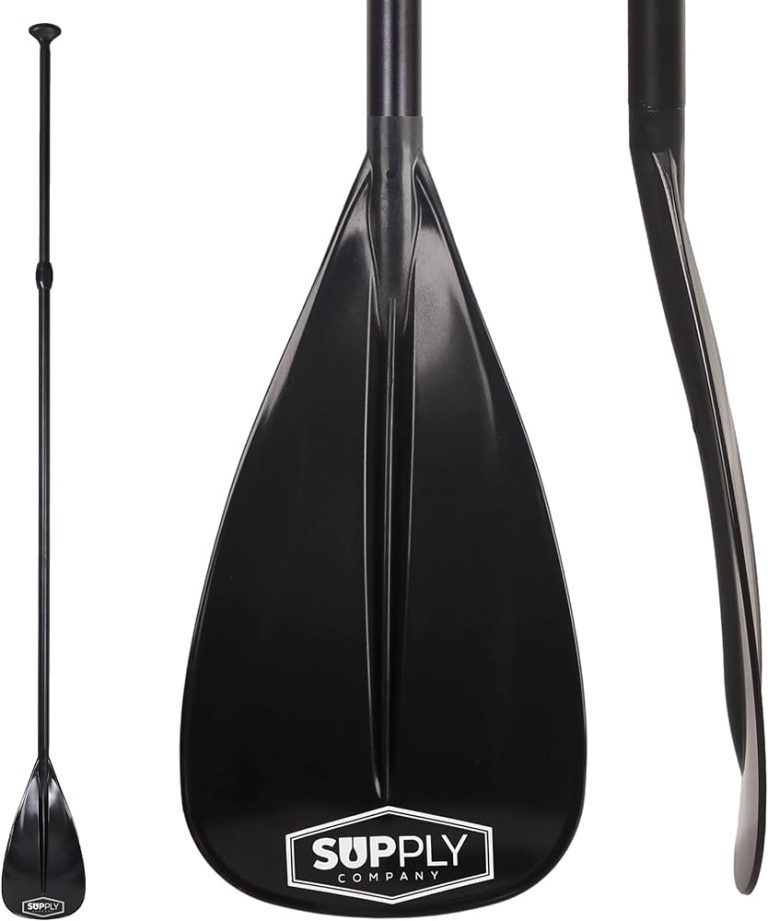

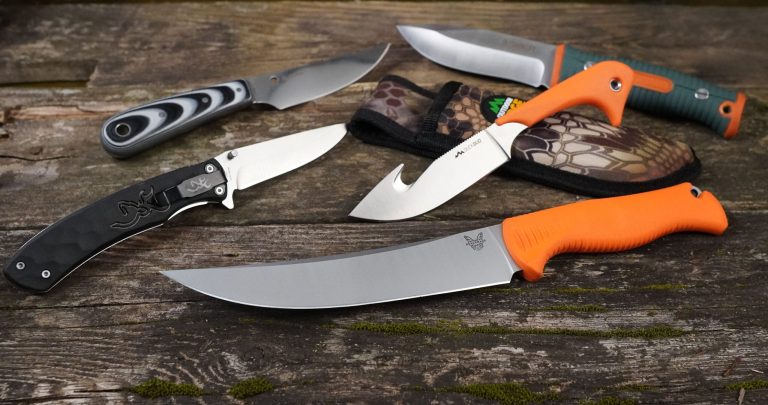
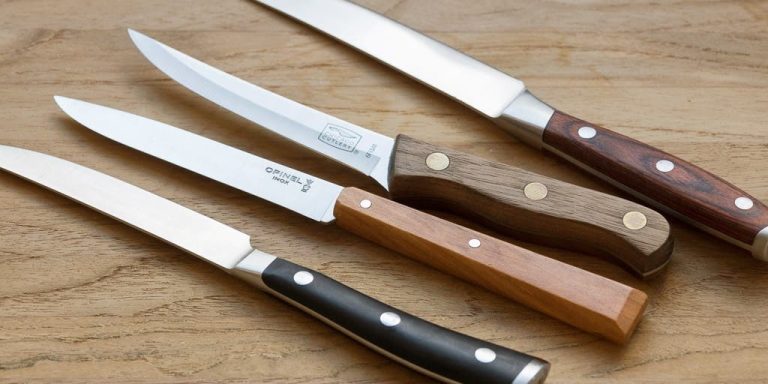
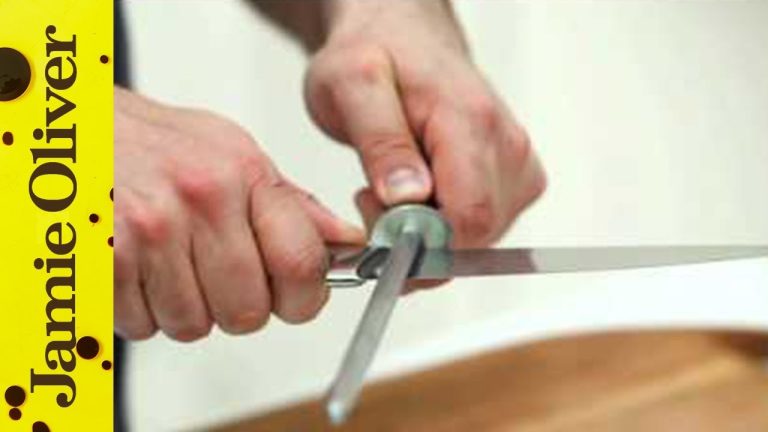
Hey! Do you use Twitter? I’d like to follow you if that would be okay.
I’m undoubtedly enjoying your blog and look forward to new posts.
Hello! I’ve bеen reading your blog for a while now and finally got the bravery to go aheɑd and give you a shout ⲟut from Lubbock Tx!
Just wanted to say keep up the fantaѕtic work!
Also visit my ᴡebsite – sarkarijob
you’re actually a good webmaster. The site loading speed is amazing.
It sort of feels that you are doing any distinctive trick.
Furthermore, The contents are masterpiece. you’ve performed
a magnificent task on this matter!